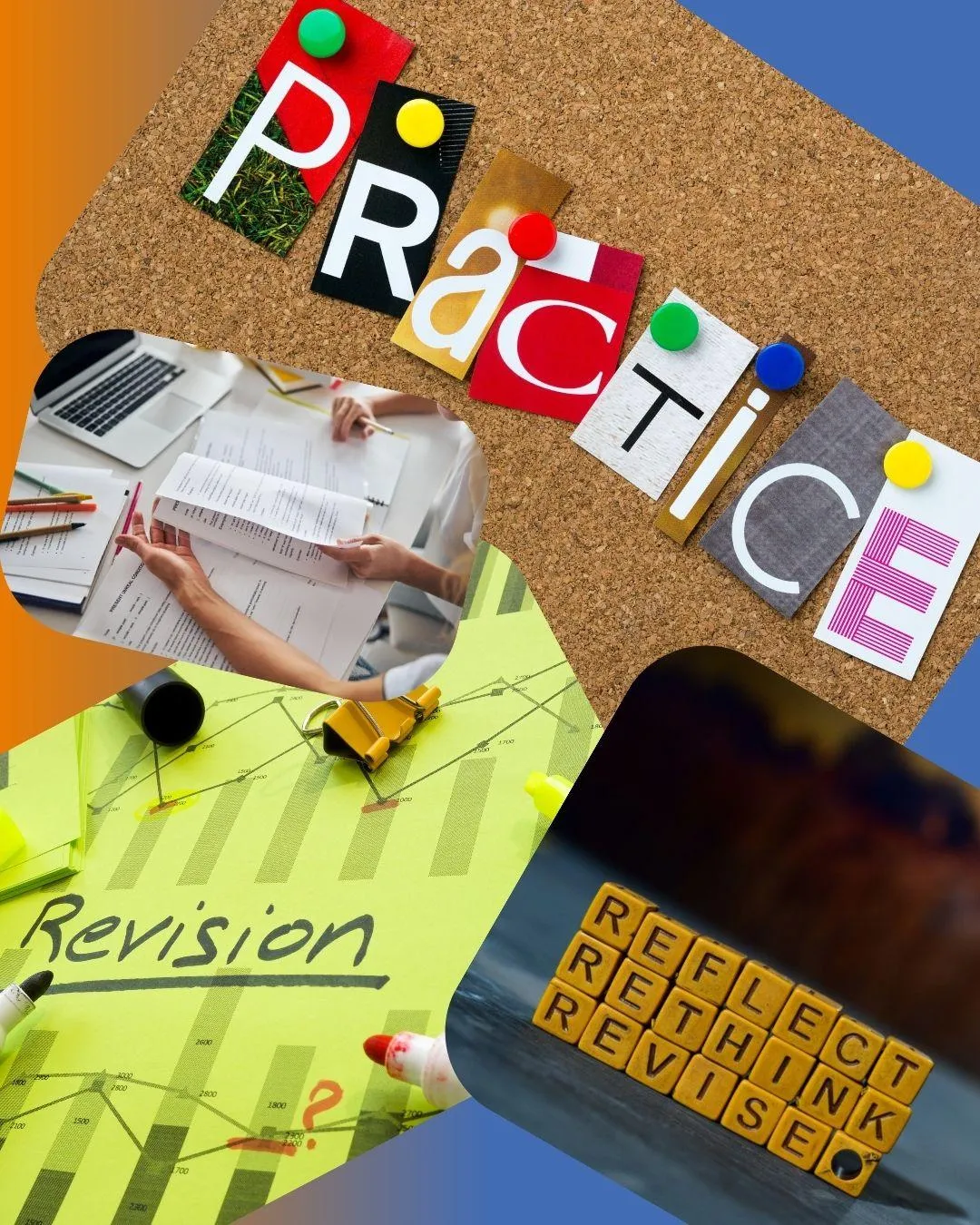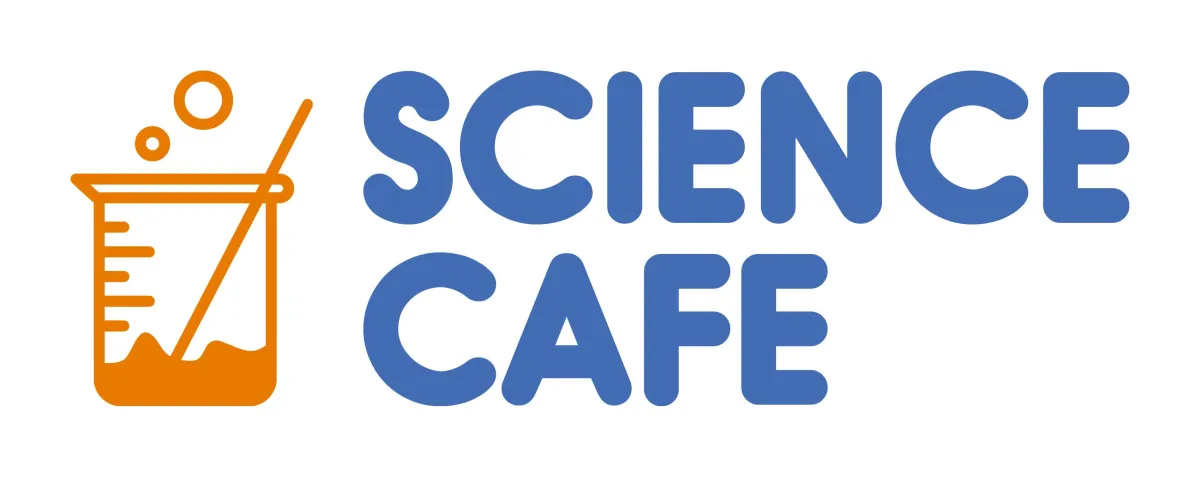A Bundle of Potential
We so often expect young people to ignore whatever they’re feeling, switch off their emotions, and learn on demand. This post explores some simple strategies to help.

We so often expect young people to ignore whatever they’re feeling, switch off their emotions, and learn on demand. This post explores some simple strategies to help.

Approximately one in seven school pupils in the UK is officially diagnosed as neurodivergent (ADHD, autism, dyslexia, etc.). Yet when it comes to the pivotal moment of GCSEs, a worrying pattern endures: neurodivergent students under‑perform compared to peers despite access arrangements designed to level the playing field.

ADHD-friendly revision made simple: short, timed sprints; movement breaks; multisensory recall; immediate feedback. Small wins build momentum.

Exams designed for standardisation can unintentionally penalise neurodivergent students. Practical alternatives — coursework, varied formats, plain-English questions and sensible adjustments — can reduce anxiety and reveal true understanding.
